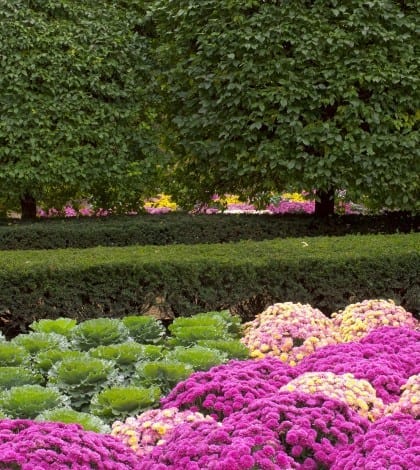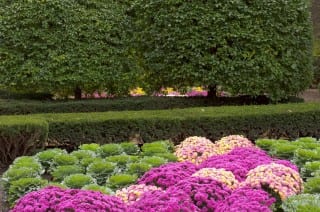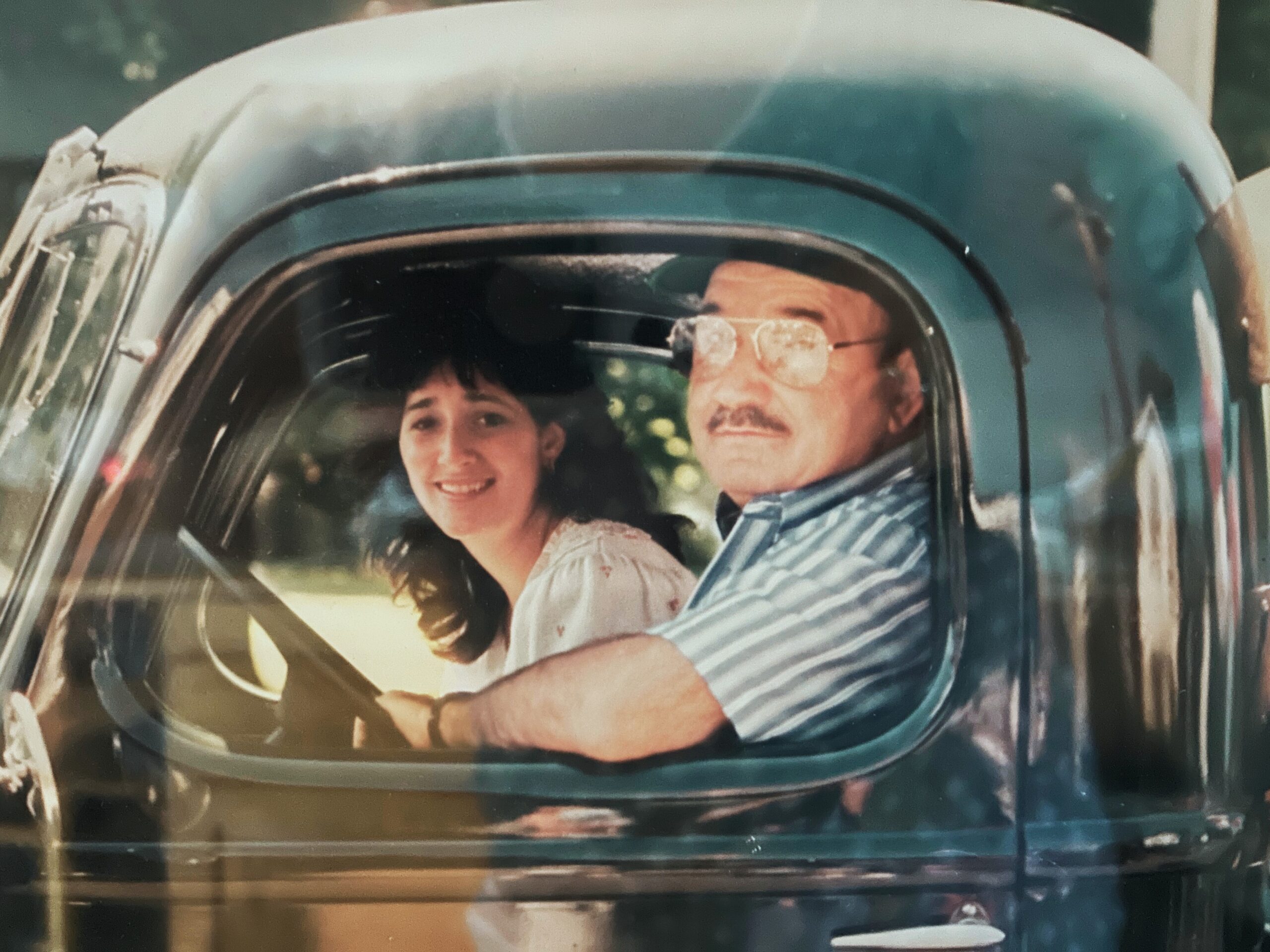Ornamental Garden Edibles.

Audio By Carbonatix

Fruit in the Flower bed? Veggies in the Boxwood? Everyone’s Doing it!
by Karla A. Dalley
 Lately, the gardening “buzz” has been all about edible landscaping. And while many of us have been growing edibles for years (my first gardens were vegetable gardens), not everyone wants to dig up a piece of the lawn to have a dedicated spot for vegetables. Luckily that’s no longer necessary or even desirable. For one thing, vegetables grow better when they’re pollinated. So, if you already have a spot where you’re growing flowers, that’s a great place for a few vegetables! The same pollinators that visit your flowers will find the edibles and get to work on those too.
Lately, the gardening “buzz” has been all about edible landscaping. And while many of us have been growing edibles for years (my first gardens were vegetable gardens), not everyone wants to dig up a piece of the lawn to have a dedicated spot for vegetables. Luckily that’s no longer necessary or even desirable. For one thing, vegetables grow better when they’re pollinated. So, if you already have a spot where you’re growing flowers, that’s a great place for a few vegetables! The same pollinators that visit your flowers will find the edibles and get to work on those too.
Keep in mind, vegetables and herbs like the same conditions…the sun. That’s one of the reasons you’ll often find front yard vegetable gardens in New England…so many of us garden under trees in the shade that we have no other place to put a few tomato plants (or other veggies) that we want to grow! Most vegetables need at least six hours of sun to grow and produce well, so the flower border (or other sunny spot) is best.
Before you start planting, however, make certain that you treat your flower-beds organically this season. Don’t grow your own veggies and herbs if you’re treating with chemicals and pesticides–or if there will be run-off from your lawn or drift from a nearby spray you apply to a shrub. Many are not safe for edibles. Find a different place, or plant in a container.
Many folks still think of huge gangly tomatoes and large sprawling trellises of peas, beans and other vegetables when they think of growing edibles so the thought of ‘tucking’ anything like that into a tidy ornamental border might just bring nightmares. Nothing can be further from the truth!
As with many other plants, the breeders have been working on vegetables as well. They have bred them to make them more colorful…not only because this makes them ornamental, but because, in many instances, this makes them more nutritious as well. Peppers come in red, yellow and ‘chocolate’ varieties and the hot varieties have the advantage of sometimes having all three colors on the same plant at the same time. Even tomatoes come in compact packages as anyone who has grown ‘patio’ or container varieties knows.
Leaf lettuces make wonderful borders and come in fabulous textures and colors. The leaf colors range from light to very dark green to chartreuse and there are reds, maroons and even speckled varieties. Tuscan Kale, also called ‘Dinosaur Kale’ after the strange appearance it takes on as it is harvested, is a great heirloom vegetable that is also good for you. These can be inter-planted with parsley and other herbs like thyme and oregano, which come in several different leaf colors, as well.
Consider planting a whole container of herbs. It will be one of the most carefree containers you’ll ever plant…no deadheading required, except to keep the herbs from flowering…and any cutting back you do will allow you to throw sprigs on the grill, use in summer salads or in quick summer dishes.
I’m never without several pots of herbs just outside my kitchen door. There’s a pot of fine-leaf basil…easier for cooking than the larger leafed kind and easier to keep in a pot, a pot of chives for chicken salad, a pot of parsley for salad, and a mixed pot of other herbs–rosemary, thyme, lavender–which usually changes from year to year.
If you prefer to grow something a little different, try some fruit. This year I’m adding blueberry bushes. I’m choosing ‘Tophat’ because it’s supposed to be a self-pollinator, although I’ll add more than one (because I’ll be sharing with the birds). These are dwarf shrubs that should stay about 2’ tall and they have a fabulous red color in the fall–the color is almost as red as burning bush.
I already have alpine strawberry plants in several places. These are tiny strawberries–not even dime sized–but delicious. I highly recommend them.
Even apple trees have come down to size. About ten years ago, breeders came up with something called ‘columnar’ apples. The trees grow straight up and down, in a column. You do need two for cross pollination but each will stay under ten feet tall and five feet wide…quite a difference from the full sized trees that are easily three times that size or more.
Edible plants can add variety, color and delicious choice to your ornamental beds and borders. Don’t be afraid to incorporate some into your gardens this year! Happy gardening!



